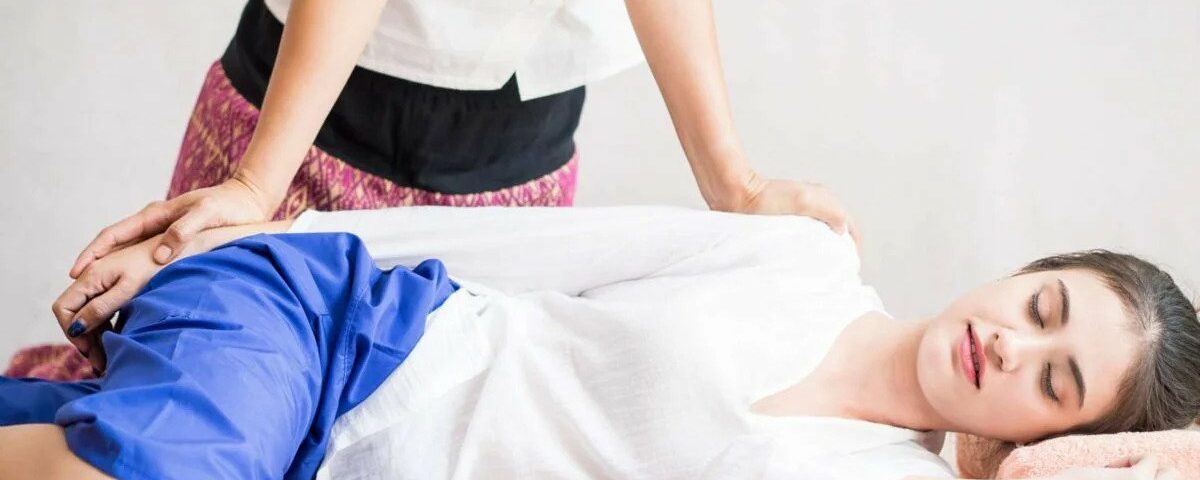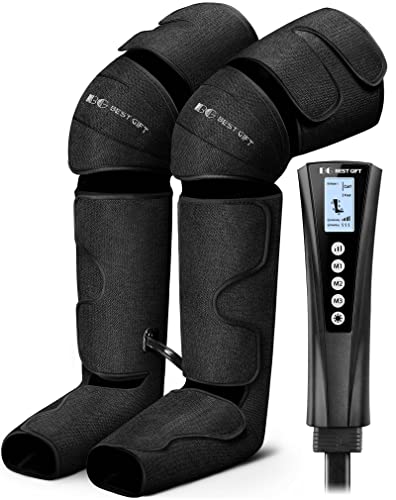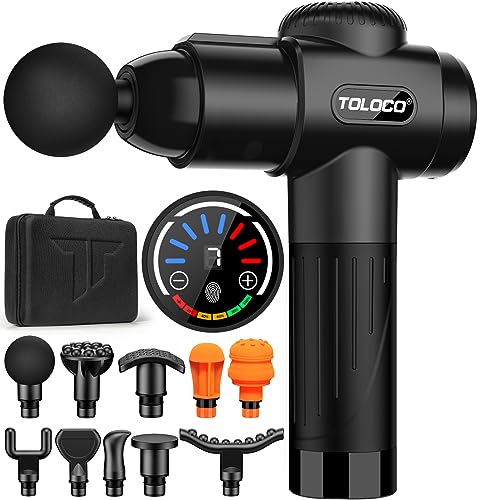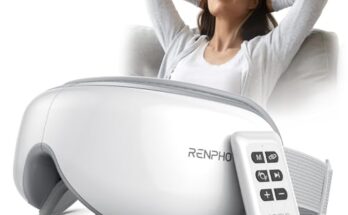A Thai massage consists of a combination of acupressure, assisted yoga poses, and deep stretching techniques. It focuses on releasing tension and promoting relaxation through manipulation of energy lines and pressure points.
This ancient healing practice is performed fully clothed on a comfortable mat on the floor. The massage therapist uses their hands, thumbs, elbows, and feet to apply gentle pressure and rhythmic movements to the body. Thai massage can help improve flexibility, relieve muscle tension, boost circulation, and leave you feeling rejuvenated and balanced.
It offers a holistic approach to wellness by addressing both physical and energetic aspects of the body, making it a popular choice for those seeking a deeply therapeutic and revitalizing experience.
The Origins Of Thai Massage
Thai massage is an ancient healing practice that dates back to over 2,500 years ago. It combines influences from Ayurvedic medicine, Buddhist traditions, and traditional Chinese medicine.
Influences From Ayurvedic Medicine
Ayurvedic theories about energy lines in the body known as “Sen” are key to Thai massage. The massage stimulates these lines to improve energy flow and promote overall well-being.
Buddhist Influence On Thai Massage
Thai massage also incorporates Buddhist principles of compassion and loving kindness. Practitioners focus on mindfulness and intention during the massage to create a serene and healing experience.

Credit: spadayorganicswhca.com
Philosophy And Principles
The 4 Divine States
Thai massage embodies loving-kindness, compassion, sympathetic joy, and equanimity.
Energy Lines In The Body
Sen lines are pathways through which life energy flows, essential in Thai massage techniques.
The Physical Techniques
HTML format content:
Thai massage is a traditional form of therapy that combines a variety of techniques to promote relaxation and improve overall well-being. The physical techniques used in Thai massage are designed to target specific areas of the body and provide relief from tension and stress. Let’s explore two key techniques that are commonly used in Thai massage: Compression and Deep Pressure, and Yogic Stretching and Joint Mobilization.
Compression And Deep Pressure
One of the fundamental techniques used in Thai massage is compression. This technique involves applying pressure to specific areas of the body, such as muscles and acupressure points, using the hands, thumbs, elbows, and even feet. The therapist utilizes rhythmic motions and gradually increases the pressure, allowing the muscles to relax and release tension. Compression helps improve blood circulation, reduce muscle stiffness, and relieve pain and discomfort.
Deep pressure is another technique frequently incorporated in Thai massage. With deep pressure, the therapist uses their palms, fists, or forearms to apply intense pressure to tight or knotted muscles. This technique targets deep layers of tissue and fascia, aiding in the release of tension, promoting flexibility, and improving overall muscle health. Deep pressure can be particularly beneficial for individuals who suffer from chronic muscle pain or limited mobility.
Yogic Stretching And Joint Mobilization
In addition to compression and deep pressure, Thai massage also incorporates yogic stretching and joint mobilization. These techniques are derived from traditional yoga and are known for their ability to increase flexibility and improve joint mobility.
During a Thai massage, the therapist will guide you through a series of stretches and movements that are designed to target different muscle groups and joints. These stretches are performed with slow, deliberate motions, allowing the muscles to gradually lengthen and the joints to be mobilized. Yogic stretching helps improve posture, increase range of motion, and alleviate muscle imbalances.
Joint mobilization focuses on the manipulation of joints to increase their range of motion and release any restrictions. The therapist will use gentle, controlled movements to strengthen the joints and improve their flexibility. This technique is particularly useful for individuals who have joint stiffness or limited mobility.
In conclusion, Thai massage incorporates a variety of physical techniques, including compression and deep pressure, as well as yogic stretching and joint mobilization. These techniques work together to promote relaxation, relieve muscle tension, improve flexibility, and enhance overall physical well-being.
Benefits Of Thai Massage
Thai massage is a traditional healing therapy that combines acupressure, assisted yoga postures, and ancient Ayurvedic principles. It offers numerous benefits for physical and mental well-being. Let’s delve into the specific advantages of this unique massage technique.
Improves Flexibility And Range Of Motion
Thai massage involves gentle stretches and deep muscle compression, which help to enhance flexibility and increase the range of motion in joints. By promoting greater mobility, it can assist in preventing injuries and improving athletic performance.
Relieves Muscle Tension And Pain
The targeted pressure and manipulation techniques used in Thai massage work to alleviate muscle tension and reduce discomfort. This can be particularly beneficial for individuals suffering from chronic pain conditions such as back pain, neck tension, and headaches, leading to a profound sense of relief and relaxation.
Thai Massage Rituals And Etiquette
Thai massage is an ancient healing practice that is deeply rooted in Thai culture. The rituals and etiquette surrounding Thai massage are an integral part of the experience, adding to the overall sense of relaxation and mindfulness.
Clothing And Attire
In preparation for a Thai massage, it’s customary to wear comfortable, loose-fitting clothing. This allows for ease of movement during the massage and ensures maximum relaxation. Additionally, it is recommended to remove any jewelry or accessories before the session to enhance comfort and prevent interference during the massage.
Expectations During A Thai Massage Session
During a Thai massage, it is customary to maintain a quiet and respectful demeanor, creating a serene environment that promotes relaxation. Clients can expect the therapist to use their hands, elbows, knees, and feet to apply pressure and manipulate the body into various yoga-like stretches. It’s important to communicate openly with the therapist regarding any discomfort or preferences for pressure throughout the session.
Frequently Asked Questions
What Can I Expect From A Thai Massage?
A Thai massage is an ancient healing practice that combines acupressure, stretching, and deep massage techniques. It can help reduce muscle tension, improve circulation, increase flexibility, and promote relaxation and a sense of well-being.
Do You Take Clothes Off For Thai Massage?
Yes, for a Thai massage, clients usually remove their clothes to allow for better movement and flexibility during the session.
What Is Included In A Traditional Thai Massage?
A traditional Thai massage includes rhythmic pressure, stretching, and compression to relieve tension and promote relaxation. The therapist uses hands, elbows, knees, and feet during the session.
What Do You Wear To A Full Body Thai Massage?
Wear loose and comfortable clothing for a full body Thai massage. Avoid tight-fitting outfits that restrict movement.
Conclusion
To sum up, a Thai massage is a traditional therapy that combines acupressure, stretching, and yoga-like movements. It focuses on the body’s energy lines to promote relaxation, relieve tension, and improve mobility. With its various benefits for physical and mental well-being, a Thai massage is a valuable addition to anyone’s self-care routine.
Whether you seek relief from muscle aches or simply want to relax and rejuvenate, this ancient healing practice can provide the holistic balance your body and mind deserve. Experience the wonders of a Thai massage and embark on a journey of wellness and tranquility.



